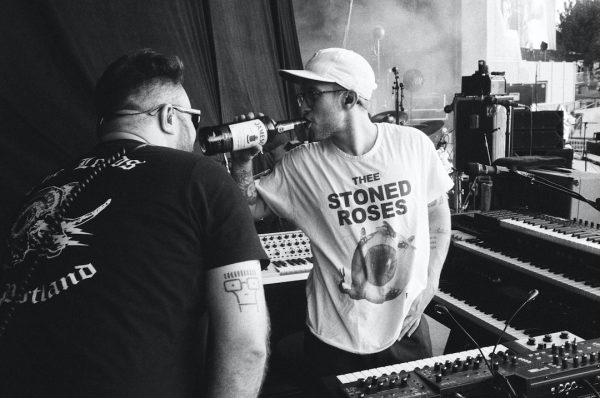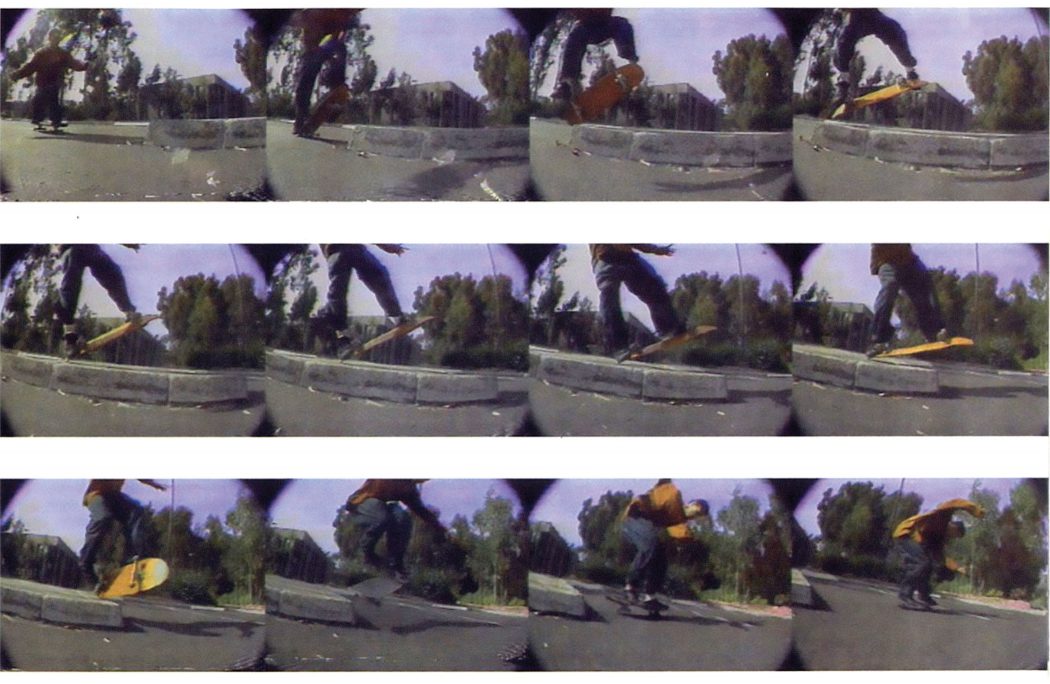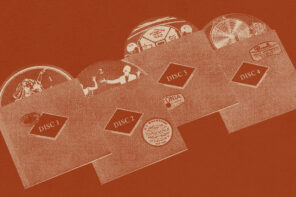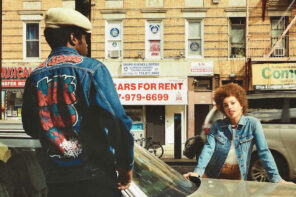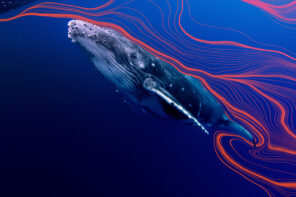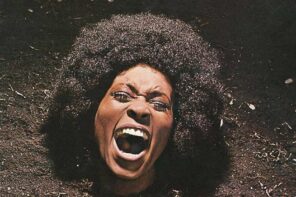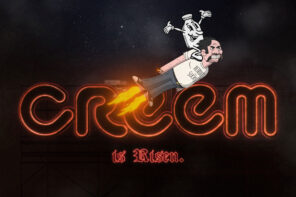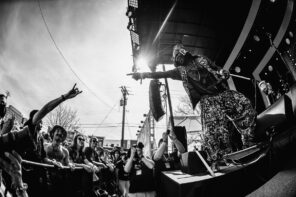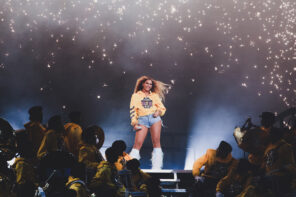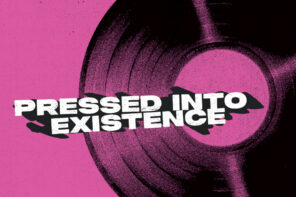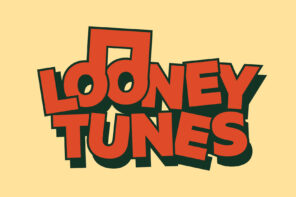A CHANCE ENCOUNTER BETWEEN PORTUGAL THE MAN KEYBOARDIST KYLE O’QUIN AND SKATEBOARDER RODNEY MULLEN CONNECTS THE DOTS BETWEEN KICKFLIPS AND CRESCENDOS
By Kyle O’Quin
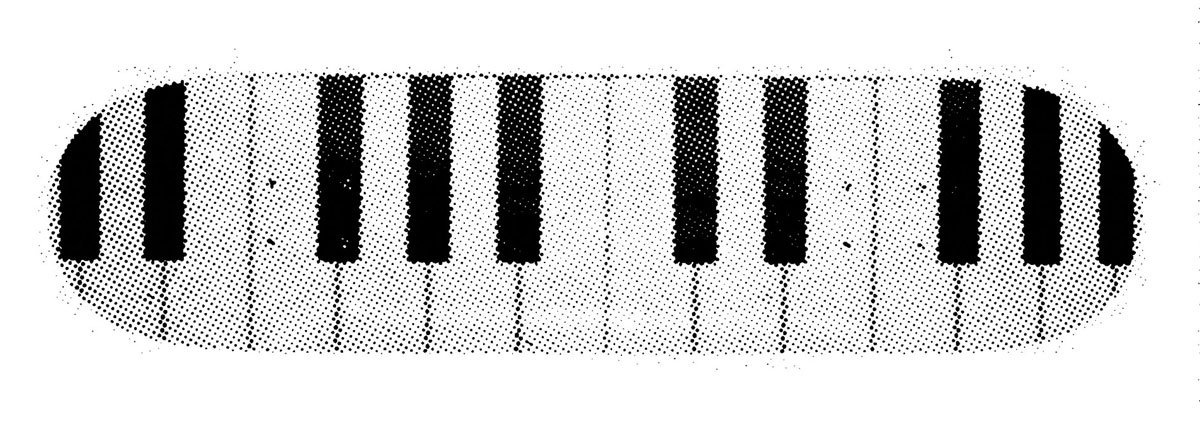
If living out your teenage years is metaphorically living in a house, then skateboarding is the kitchen. It’s where you want to hang out and talk—simply the place everything revolves around.
Growing up in Seattle I didn’t realize what we had in terms of a “music scene” until I started touring just a few years later and was like, “Fuck we’re really, really lucky.” Although, the scene was essentially just a shit ton of young people coming together and putting on shows themselves. I remember that same excitement in the air when it came to building the half-pipes in people’s yards that I felt at band practice and the first drop in when it was done was like the first chord at the first show. At the end of the day, what mattered most was that it was “ours.”When I say it was “ours,” I do really think that mattered most. Skateboarding was a FUBU situation, no doubt. And we didn’t give a fuck what our parents thought (love you, Mom). Now that we’re older it’s cool to actually sit back and see how far the culture has come. Our bass player Zach got into it with Sarah Palin in Alaska 20 years ago. He wanted to build a skatepark, she said if he raised half the money they would match it blah blah blah… Long story short, she did not hold up her side of the deal. Zach brought his punk buddies to city council meetings and just refused to back down. Silently sitting with spiked wristbands and haircuts. Park got built and is still there— that’s fucking awesome.
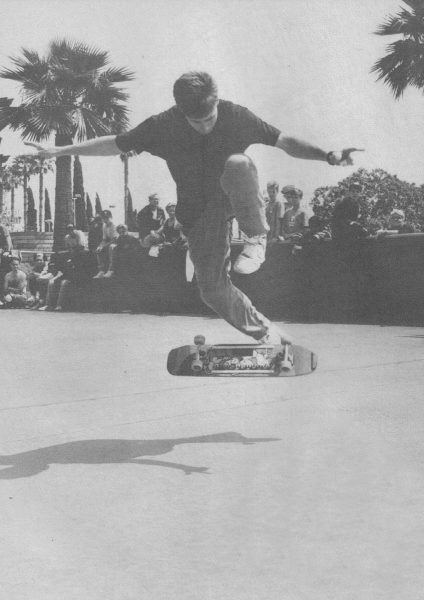
RODNEY DROPS IN
Growing up we all would discover so many bands through skate videos or video games or just skating with our friends and people playing new music. Whatever it may be, music was always involved and essential. Still to this day if I hear “Dream On” by Aerosmith, I immediately think of the Rodney Mullen sequence from “Second Hand Smoke.” It’s involuntary, completely intertwined. The soul of one, connected to the style in the other. To be a good skate or snowboarder or guitarist or drummer, for that matter, is layering personal style on top of technical precision.
Rodney Mullen is a perfect example when it comes to style and technique. He had so much style to the way he skated, but it’s like this game where everyone is given the same tools. I was just in total awe, jaw-dropped, like, “What the fuck is he doing?” By the same note, you could watch 100 people do a kickflip and none of them will be the same. You could ask 100 guitarists to strum a G chord, and none would sound the same. There’s this thing we always call style, but it’s really unique and more complex than that. To get to the essentials of something you gotta get down to the basics.
Imagine someone’s riding by and doing an ollie and you could see it on a graph. It would look like the bell curve.
I mention Rodney because his innovation was something that really inspired me personally. I had the opportunity to eat dinner with him one time. A big group, but I remember asking if I could sit next to him. Now the last thing you do in this situation is to ask the dude about skating even though you just really want to ask him about skating.
So I started talking about classical music. I was deep in the middle of a Beethoven binge at the time and he was just blowing my mind. I mentioned to Rodney that it is absolutely insane that someone who wrote the most universal music ever—like, fucking “Ode to Joy,” humanity coming together to rejoice—all of that music was written by a deaf person who was incredibly isolated. That’s just mind-blowing. Rodney kind of perked up and said that his mom used to play Beethoven at the piano and that Beethoven’s story actually was inspiring to him and he would think about that while working on tricks in the front yard while he could hear her playing Beethoven in the house.
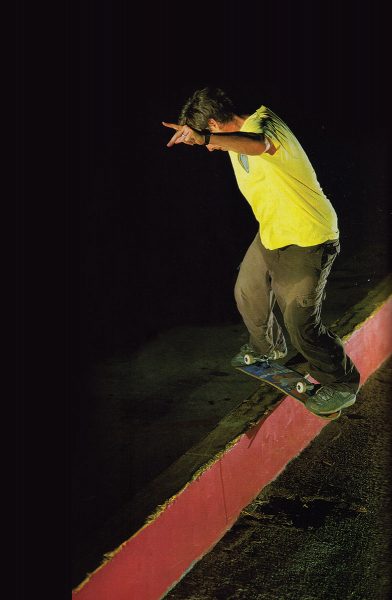
A SINGLE NOTE IS NOT ONE NOTE
Thelonius Monk had a song called “Thelonius.” He played a single note, B-flat just over and over while the horns and the chords and everything changed around him. “Just one note, the truest and realest thing he had as a musician,” in the words of Ben Ratliff, the great New York Times jazz and pop critic. But what he’s saying is really true: “With two notes you have structure, and you are already graduating into the possibility that someone else has played that structure before. But with a single note, you have authenticity, because nobody else has played a single note exactly the same way.” Any of the greats, they could do a kickflip and it would have their identity embedded in it. There’s a real subtle difference when it comes to standing out talent-wise. And I can honestly say that at a point it hits, and talent can take you many places, but it’s always ultimately the style. We don’t have the proper word to describe it. But it’s really in the way someone simply rides by and ollies.
Imagine someone’s riding by and doing an ollie and you could see it on a graph. It would look like the bell curve. Maybe someone really good holds it flat at the top longer, or whatever. But then add speed to the equation. Your Y-axis is the height of board off the ground and the X-axis being the speed at said height. When you start off skating you always approach too slow, pop up and land barely where you were. It’s similar to really young kids playing Mozart songs, just super just choppy for lack of a better word. They’re just in it bar-by-bar, unable to step back and take a look at where they’re going musically or where they came from. But the pro sees the bigger arc. This is something you see in technique watching professional skateboarders. It’s fluidity. A sense of rhythm. Again, when you pinpoint “the greats,” it’s a real fine line you start approaching. It all comes down to style and creativity. Technique is something you use as a tool to express yourself. You see what Rodney did with combinations and just sheer talent and a lot of hard work. There was never a question he didn’t have technique, but there was never a question he didn’t have his own style either. That’s why he’s a living legend in the skating community.
It’s fluidity. A sense of rhythm.
When classical piano was at its peak in the 20th Century there were two kinds of pianists. And it makes you wonder how much skating and live music are connected. Bravura was one. Just simply there to show off your ability to the crowd, usually something very impressive or loud. For example, playing when it says “allegro di bravura” and “con bravura” that indicates “boldness, fire and brilliancy.” But the flip side to that approach is the simple approach. Just finding that special something in a piece that was just right in front of everyone’s eyes and no one could see it. It’s odd but it’s a completely different approach to blowing someone away with boldness. It’s understated. When you hear it done properly with a piece you understand it’s really like, “Wow, that was so simple. We were all working so hard to try to do this thing, and they saw it from such a different perspective. Such a simpler, yet at the same time, much truer and honest interpretation of the piece.” You can just tell that this was the way it was supposed it to be played when it was written. It’s a weird thing you can’t unsee when you see it, however you can’t argue it either.
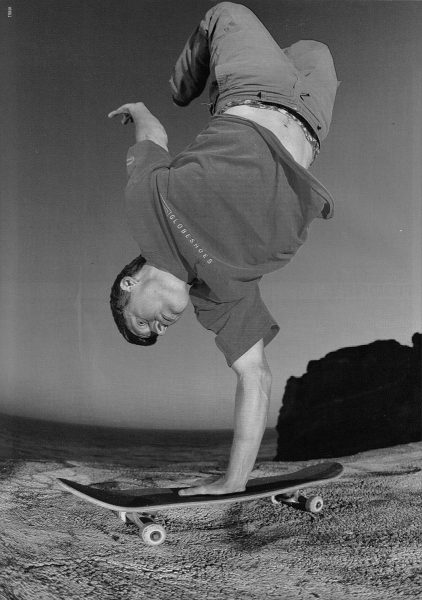
As a culture we’re getting better at everything constantly. Sports records are being broken, new Olympic world records are constantly being broken. There was a moment in the documentary Free Solo when Alex is looking up at El Capitan and says something along the lines of “I don’t know, maybe it’s for the next generation.” Just another example of everything being pushed to the limits. This happens with music and skating. It’s important to see where everyone sits on the ever-growing timeline, with regards to the surrounding culture which in turn helps understanding innovation.
It seems skaters are getting better than ever when you look at the whole timeline. Think about the first time someone caught air in a swimming pool. It must have been so epic. Then where the sport grew with Rodney, building upon Tony Alva and those before him. I mentioned before there are two ways to approach classical music to impress. It seems like there are people who skate the streets and people who do the bowl. Two different styles, they can obviously do both, just like most musicians can still play some other styles. At the end of the day though, you always try to have some focus of your own that’s yours. But all the new tricks today are built upon combinations of things that the last generation created. The same thing happens with music, but we’ve had the luxury of generations of geniuses giving us all the different possibilities.
One of the nice things with skating is all of the history is documented. With music, you have to guess a little sometimes. In both you usually imitate your favorite artists and then you slowly become your own. Not always of course, but you see it throughout history. Scriabin picked up where Chopin left off, his early pieces sound like Chopin smoked weed or something and was a little more agitated. Early Beethoven sonatas have parts swiped straight from Mozart.There’s no shame in it. It’s how you learn. Then you take off.
